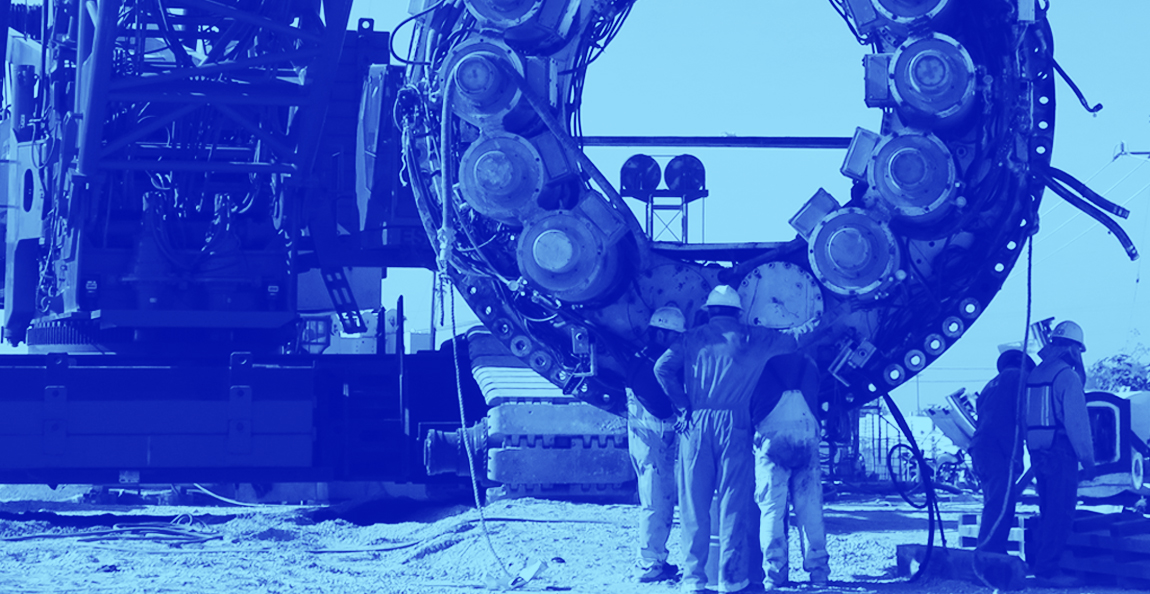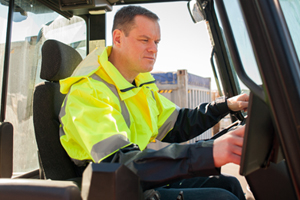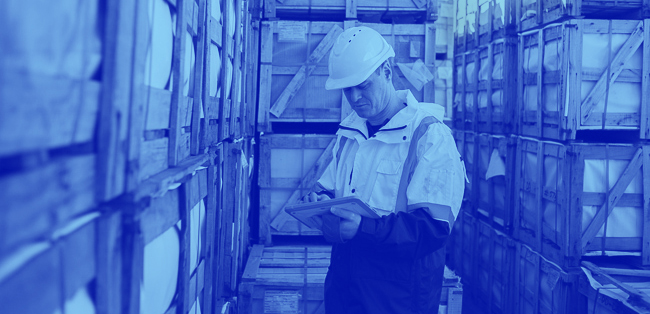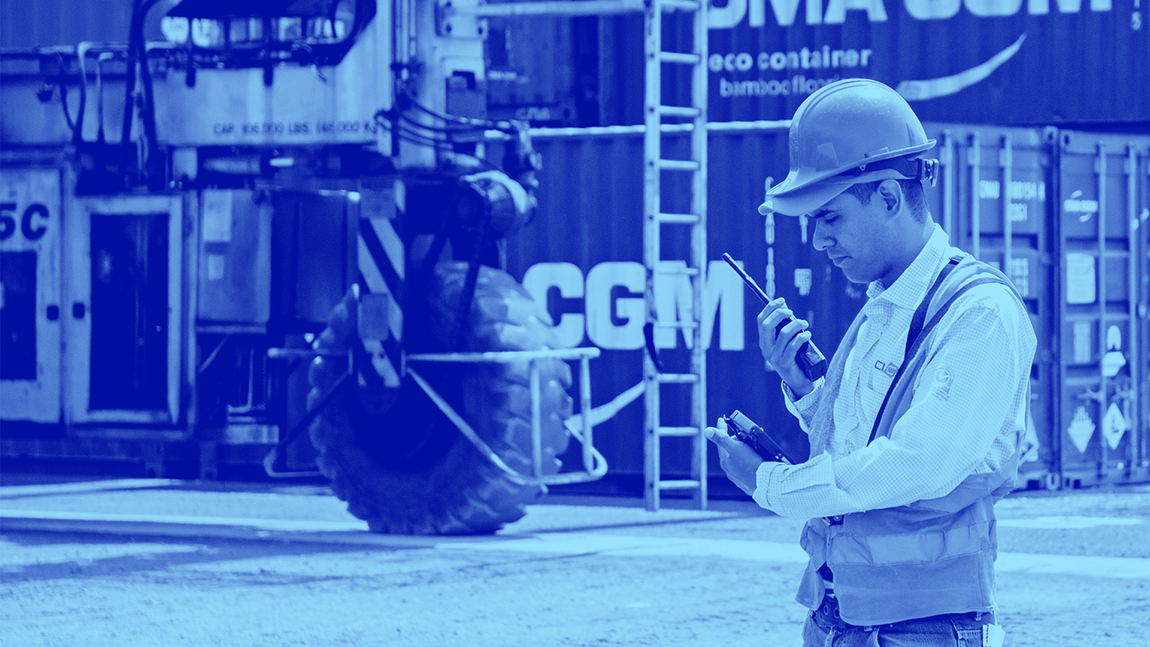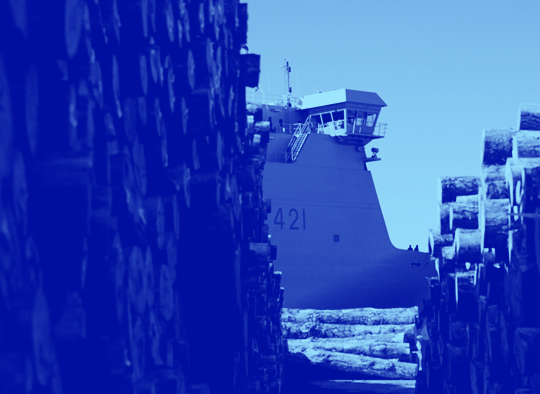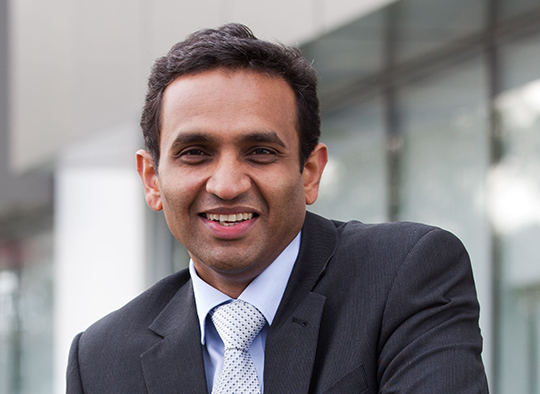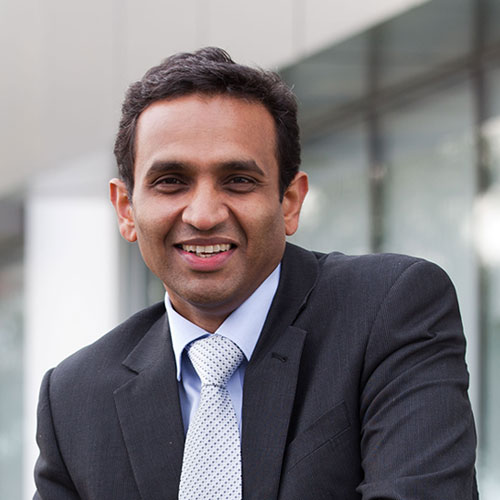Published by Port Strategy March 2019
Jade Logistics’ Kaustubh Dalvi talks to Port Strategy about the importance of finding a TOS that suits the business requirements, and how the TOS is the core of a port’s operation from which they can provide enhanced levels of efficiency to all stakeholders across their port community.
Smaller Terminal Operating System (TOS) solutions have plenty to offer without the high costs of the big players, says Martin Rushmere.
Adaptability and flexibility plus cost savings are expected today from terminal operating systems. Customers are looking beyond the original wonders that dazzled ports, IT and computing power, to applying the same programme and platform across different cargoes and terminals. Yet a perception still lingers that the software and equipment needed (especially dedicated on-site servers) means a costly and complicated package.
Richard Willis, port operations technical director of Royal HaskoningDHV, puts it this way. “Well-established vendors have a deep range of product functionality, tailored over many years to their clients’ needs, gradually standardising process and creating standard working practices.” He cautions that the installation of a new system “always needs some degree of business change from a non-systemised operation to manage cargo flows and when adopting a well-established TOS the terminal client is recommended to align their practices with the standard product features, to capture the benefits of using the toolkit features. “This is often a sensible approach” says Mr Willis, “but some terminals who have more specialised local needs or variations may benefit from using a TOS company that can be more flexible and engage in product customisations to shape around the client requirements.”
Miami-based Cetus Labs, which has a total of just nine people, is one such TOS provider that bears this in mind, through its Octopi platform. Catering to mixed ports and container terminals of less than 500,000 TEU a year, the system is linked through Amazon Web Services. “Every feature is in the Cloud,” says Miles Varghese, head of sales, “which gives tremendous flexibility, speed of implementation and low cost of installation. Implementation takes four to six months.”
The company sees itself as “the Gmail of TOS”. One of the strategic priorities is to tailor the system to what the customer wants. “We innovate the data to what the customer wants and do not try to convince the terminal operator to buy a readymade product. “We guarantee 99.9% of uptime,” adds Mr Varghese, “and have a huge advantage in being totally based on the Cloud. Caribbean Port Services in Haiti is a customer and Octopi kept working even when that terrible Hurricane Matthew devastated the island.”
Cetus has an iron rule of installing and providing a feature specially requested by a customer only if it can be used by all customers. “We will be up front and we are not going to build something that is not scalable,” says Mr Varghese, “and if it is scalable, we will often install it for free.” Maintenance and repair features have been added, which Cetus says are usually outside the scope of products from large providers, and berthing areas usage/analysis functions have been developed in response to customer needs.
CHALLENGING THE STATUS QUO
Mr Willis sees the marketplace dominated by a few leading companies, but smaller and start-up companies like Cetus are challenging around the periphery, specialising in particular regions or in certain cargo operations, and these companies “cater for those terminals that don’t fit the standard or want to take a more ambitious route to differentiate from local competition perhaps”.
Smaller terminals (arbitrarily 500,000 TEU and less) tend to do a mixture of cargo types and need a TOS that is designed to both manage the cargo variety properly and to equip the terminal with the ability to show greater flexibility to their customers.
“The reality in the market is that although some suppliers may cover the complete range, the buyer should look carefully at the nature of their customers when making a buying decision because each occupies a segment in which they are naturally much better,” says Allan Jones of International Terminal Solutions (ITS). “There are systems that do a better job for the requirements of the smaller terminal,” he adds. “Look for open TOS systems that can communicate with other systems; the TOS is an element of your automation, business intelligence and Internet of Things strategy and will need to work in synergy with specialist systems in this area.”
New Zealand-based Jade sees the TOS as the core of a port’s operation, and the platform from which a port can provide enhanced levels of efficiency to all stakeholders across their port community. President of global sales, Kaustubh Dalvi, notes that from its beginnings in the early 1990s, Jade’s Master Terminal “was designed as a turn-key solution for a marine terminal operator to handle multiple cargo types and have 24/7 support”.
TECH QUESTIONS
All vendors agree that it’s essential to stay abreast of the latest technology, but they disagree on which aspects to concentrate on. Blockchain is possibly the area of most uncertainty.
“We tell clients not to take blockchain too seriously”, says Cetus’ Mr Varghese. “The main focus is to get rid of pen and paper and move to digital methods.”
Jade takes a different view. “Platforms such as this will play a key role in the future of collaboration and sharing of information among supply chain actors. While blockchain is still in its infancy with respect to its place in the global supply chain, Master Terminal already integrates with the CargoChain information sharing platform which utilises blockchain as a means of proofing that all information stored is accurate and unaltered.”
Royal HaskoningDHV’s Mr Willis says the future of technology in terminals will be influenced by pressures from outside the terminal too, with environmental impact and closer supply chain collaboration being important. “Technology, particularly around process automation, machine-led decision making and remote-control equipment, is leading the way, with other cargo terminals learning from this sector and implementing their own solutions tailored to different cargo types. “However,” says Mr Willis, “within bulks particularly, automated operations have been well-established for many years, using equipment control in unmanned operations, with sophisticated stock management and sensor usage.” He sees huge potential from smart ports initiatives for Royal HaskoningDHV’s clients, from data capture and predictive analysis, innovative decision-making support and driving forward a lower-cost, lower-impact operation with the use of technology tools right across the port.
ITS’ Mr Jones believes that a key criterion should be how well the TOS can talk to other systems. “These terms are traditionally associated with larger terminals, but now all have their place in smaller terminals.” He points to the big advances in data availability – even in relatively small operations – and this is only set to increase with IoT. “As an example,” he says, “we have just completed implementation of our PortSpective system in a 250,000 TEU terminal. The system uses our IoT platform on the cargo handling equipment to track it in real-time to provide visualisations of the state of the operation, identify and highlight operational, engineering and safety issues instantly as they occur, and provide very detailed real-time data for both operations and engineering business analysis.”
For Cetus, a principal business approach is to deal with clients that Mr Varghese terms “forward thinking, who can see five to 10 years ahead. We are not comfortable with the ‘if it isn’t broken, don’t fix it’ philosophy.”
View the full article here on Port Strategy.

